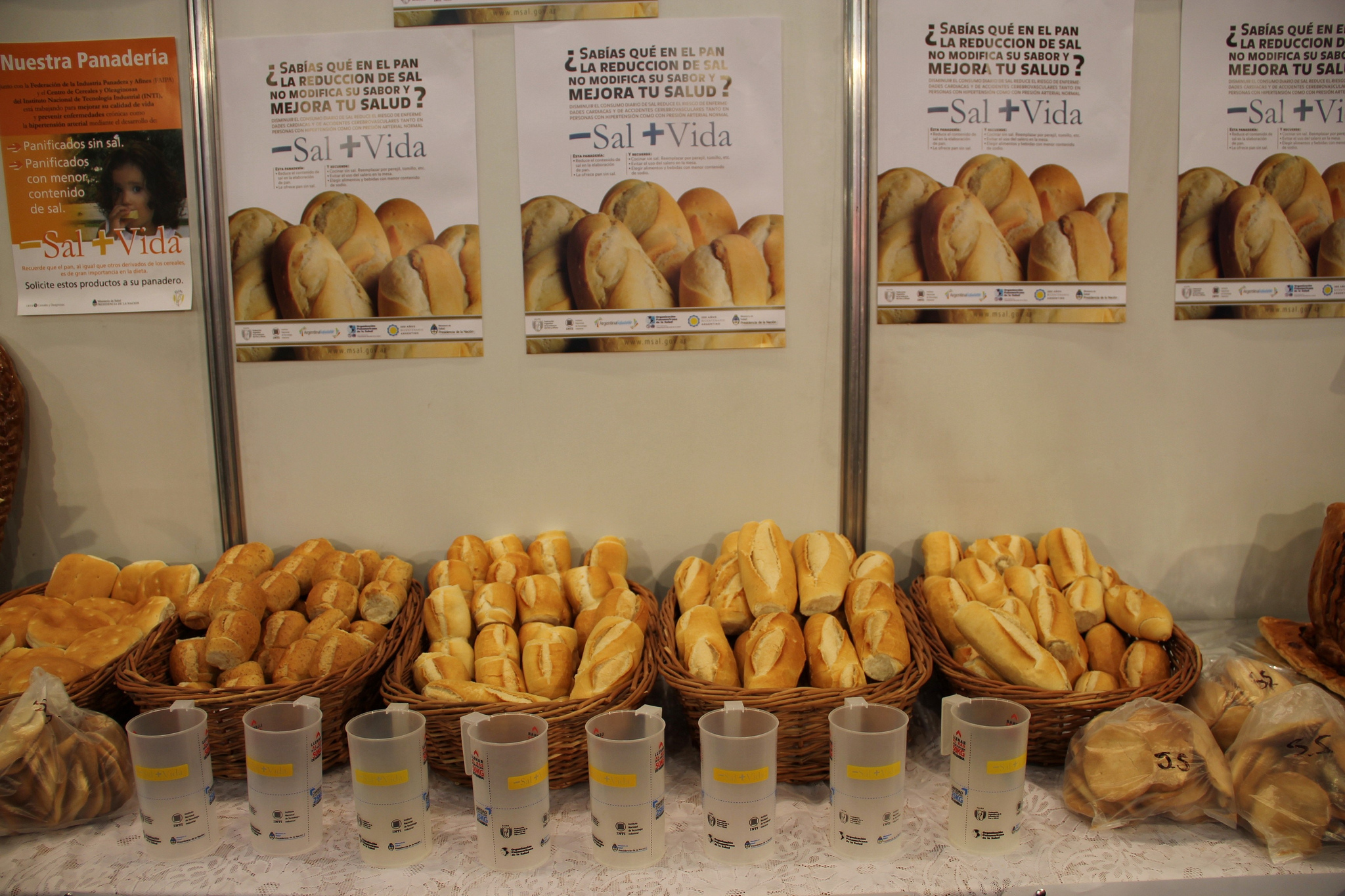Part of the Food Policy Snapshot Series
Policy name: Menos Sal, Más Vida (Less Salt, More Life)
Location: Argentina
Population: 43.4 million
Food policy category: Preventative healthcare
Program goals
- Reduce the amount of salt in prepared foods
- Reduce Argentinians’ average daily consumption of salt to 5g per day (the WHO recommendation) by 2020
- Increase Argentinians’ awareness of the negative health consequences of consuming too much salt
- Reduce health problems associated with high salt consumption, such as high blood pressure, stroke, heart disease, and kidney disease
Program initiation
- The initiative began in 2011 as a voluntary agreement between the Argentinian Ministry of Health and big food companies, bakeries, and restaurants
- In 2013, the Argentine legislature passed a law that made the salt reduction targets mandatory
How it works
The 2013 law establishes a limit on the sodium content in 18 types of food. The highest limit is for cold cuts like ham, turkey and salami. Salami has an upper limit of 1900 mg of sodium for every 100 grams of meat. Other cold cuts like ham and turkey have an upper limit of 1196 mg of sodium for every 100 grams of meat.
The limit for prepared chicken products like chicken nuggets is 736 mg per 100 g of meat, and the limit for hamburgers is 850 mg. Limits between 501 and 530 are set for different types of baked goods. Soups have the lowest limits—346 mg for clear soups and 306 mg for creamy soups.
The law also requires foods that contain salt to display warnings about the health risks of overconsumption of salt. These warnings must also be displayed on restaurant menus. Restaurants are required to offer alternative menu options that do not contain any added salt and place limits on offering salt shakers to customers.
Under the law, individual packets of salt can contain no more than 500 mg.
Companies that violate the law can face fines of up to $1 million and can be forced to shut down.
Progress to date
The Menos Sal, Mas Vida campaign has received support from both the World Health Organization and the Pan American Health Organization.
A 2015 study examined the medium sodium levels of a large sample of foods in the 18 categories established by the 2013 law. The researchers found that medium sodium levels for foods in 15 of those categories were below the legal maximums, and in most of those categories, only 1 or none of the products sampled were above the legal maximum.
There were two categories where median sodium levels were above the legal maximums: sausages and baked goods without bran. One of the 18 categories (frozen baked goods) was not measured because the researchers could not find any products that fit into that category.
Why the program is important
At least 30 percent of people in the Americas have high blood pressure, and most cases are due to eating too much salt. High blood pressure can result in other serious health issues, such as stroke, aneurysms, heart disease and kidney failure.
One study found that reducing a population’s consumption of sodium also reduces that population’s rate of heart disease. Another study showed that lowering sodium consumption improved results in the treatment of kidney disease.
Before the law went into effect, the average Argentinian consumed about 12-13 grams of salt per day. The World Health Organization recommends no more than 5 grams per day.
Evaluation
A study done in 2013 predicted that the law would decrease mean sodium consumption by 319-387 mg per day. The researchers projected that this decrease would translate to a 19,000 fewer deaths from all causes, 13,000 fewer heart attacks, and 10,000 fewer strokes between 2013 and 2023.
Another study found that the percentage of people in Argentina who added salt to their food after it was cooked dropped from 25 percent in 2009 to 17 percent in 2013. The law was not passed until 2013, but awareness campaign and the voluntary restrictions began in 2011.
Learn more
https://derechoalaalimentacion.org/wp-content/uploads/2013/12/ley26905.pdf
https://www.who.int/features/2014/argentina-less-salt-more-life/en/
Point of contact
Melisa Valdez: estoyporahi@hotmail.com
Similar practices
- South Africa also passed a law limiting sodium levels in a wide variety of foods in 2013. They were the first country to pass such legislation.
- Portugal, the Netherlands, Hungary, Greece, Bulgaria, Belgium and Paraguay all have some mandatory regulations, most of them for bread.
References
https://www.ncbi.nlm.nih.gov/pmc/articles/PMC4451319/
https://www.who.int/features/2014/argentina-less-salt-more-life/en/
https://www.ncbi.nlm.nih.gov/pmc/articles/PMC4145308/
Photo Credit: Pan American Health Organization


